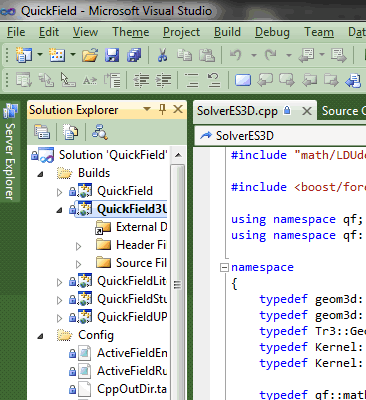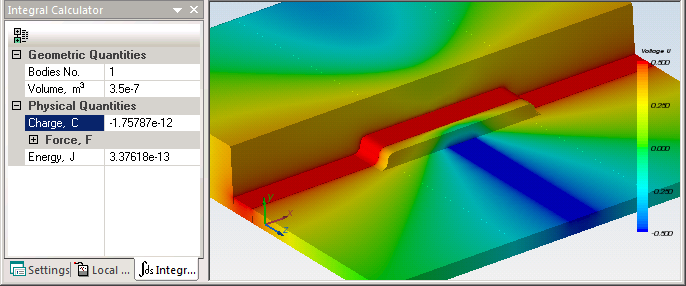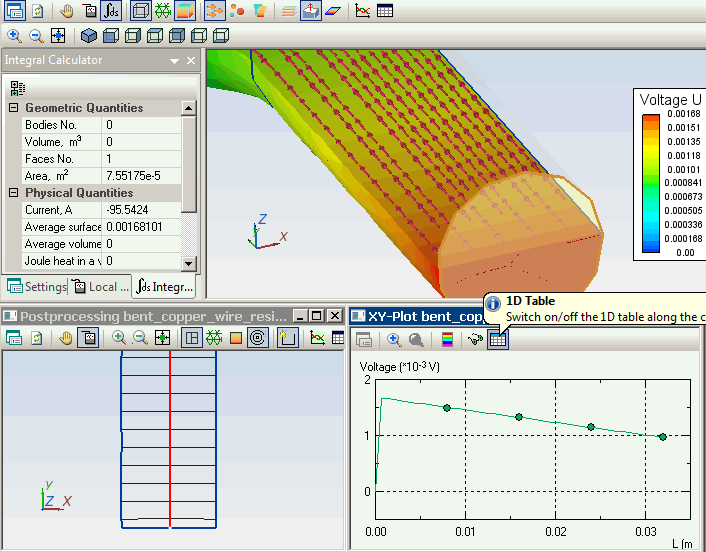

Young adults were more prone to using crack or crack associated with cocaine (OR=1.9 CI 95%=1.05-1.57) and they were exposed to substance abuse for longer than two years (OR=3.45 CI 95%=2.84-4.18), when compared to teenagers. Participants reported using cocaine (48.2%), crack and other smoking forms (36.7%) and combined consumption of both drugs (15%). The questionnaires included sociodemographic information assessment of the characteristics of cocaine/crack abuse assessment of the problematic behaviors also, the Contemplation Ladder was used to evaluate the stages of readiness to cease substance abuse. Semi-structured interviews were performed via phone calls. A cross-section study was conducted with 2390 cocaine/crack users (teenagers from 14 to 19 years of age, and young adults from 20 to 24 years of age) 1471 were young adults and 919 were teenagers who had called a phone counseling service between January 2006 and December 2013. To describe the users' drug abuse characteristics, problematic behaviors associated with addiction, the motivation of teenagers and young adults to quit cocaine and/or crack abuse, and then compare these characteristics. Who are these users?īisch, Nadia K Moreira, TaÃs de C Benchaya, Mariana C Pozza, Dan R Freitas, Larissa C N de Farias, Michelle S Ferigolo, Maristela Barros, Helena M T

Telephone counseling for young Brazilian cocaine and/or crack users. This type of family environment may affect treatment outcome, and should thus be adequately approached. These results suggest that families of crack-cocaine users are less cohesive than families of alcohol users. 13.2%, p = 0.007) and that people in their family frequently compared each other regarding work and/or school achievement (57.2% vs. However, categorical analyses of variables regarding family dynamic showed that crack users more often reported that sometimes people in their family hit each other (30.4% vs. No significant between-group differences were observed in the other subscales. We found a significant difference between groups in the cohesion subscale (p = 0.044). All analyses were adjusted for partner, age, and psychiatric t-score. A final model was obtained using a logistic regression analysis. ASI-6 t-scores were compared by analysis of variance (ANOVA) and post-hoc tests. Subjects were evaluated through the Family Environment Scale and the Addiction Severity Index, 6th version (ASI-6). Three hundred and sixty-four users of alcohol, crack-cocaine, and other drugs, recruited from research centers in four Brazilian capitals participated in this study. This study sought to evaluate and compare the family environment styles of two groups of psychoactive substance users: 1) alcohol-only users and 2) crack-cocaine users. Many studies correlate characteristics of family functioning and the development of drug addiction. Marchi, Nino C Scherer, Juliana N Pachado, Mayra P Guimarães, Luciano S Siegmund, Gerson de Castro, Melina N Halpern, Silvia Benzano, Daniela Formigoni, Maria L Cruz, Marcelo Pechansky, Flavio Kessler, Felix H © 2012 Blackwell Publishing Asia Pty Ltd.Ĭrack-cocaine users have less family cohesion than alcohol users.

Crack cocaine users might exhibit a significant decrease in salivary pH, but not in salivary flow rate or buffer capacity. Salivary pH was lower in crack cocaine users (P 0.05). The crack cocaine users demonstrated higher buffer capacity than the control group (P > 0.05). The buffer capacity and pH were determined using a digital pH meter. All samples were analyzed for SSFR, pH, and buffer capacity. Stimulated whole saliva was collected from 54 selected crack cocaine users and 40 non- users. The aim of this study was to assess the stimulated salivary flow rate (SSFR), pH, and the buffer capacity of saliva in crack cocaine users. The use of this drug has been considered a public health problem in many countries. Woyceichoski, Iverson Ernani Cogo Costa, Carlos Henrique de Araújo, Cristiano Miranda Brancher, João Armando Resende, Luciane Grochocki Vieira, Iran de Lima, Antonio Adilson SoaresĬrack cocaine is the freebase form of cocaine that can be smoked. Salivary buffer capacity, pH, and stimulated flow rate of crack cocaine users.


 0 kommentar(er)
0 kommentar(er)
